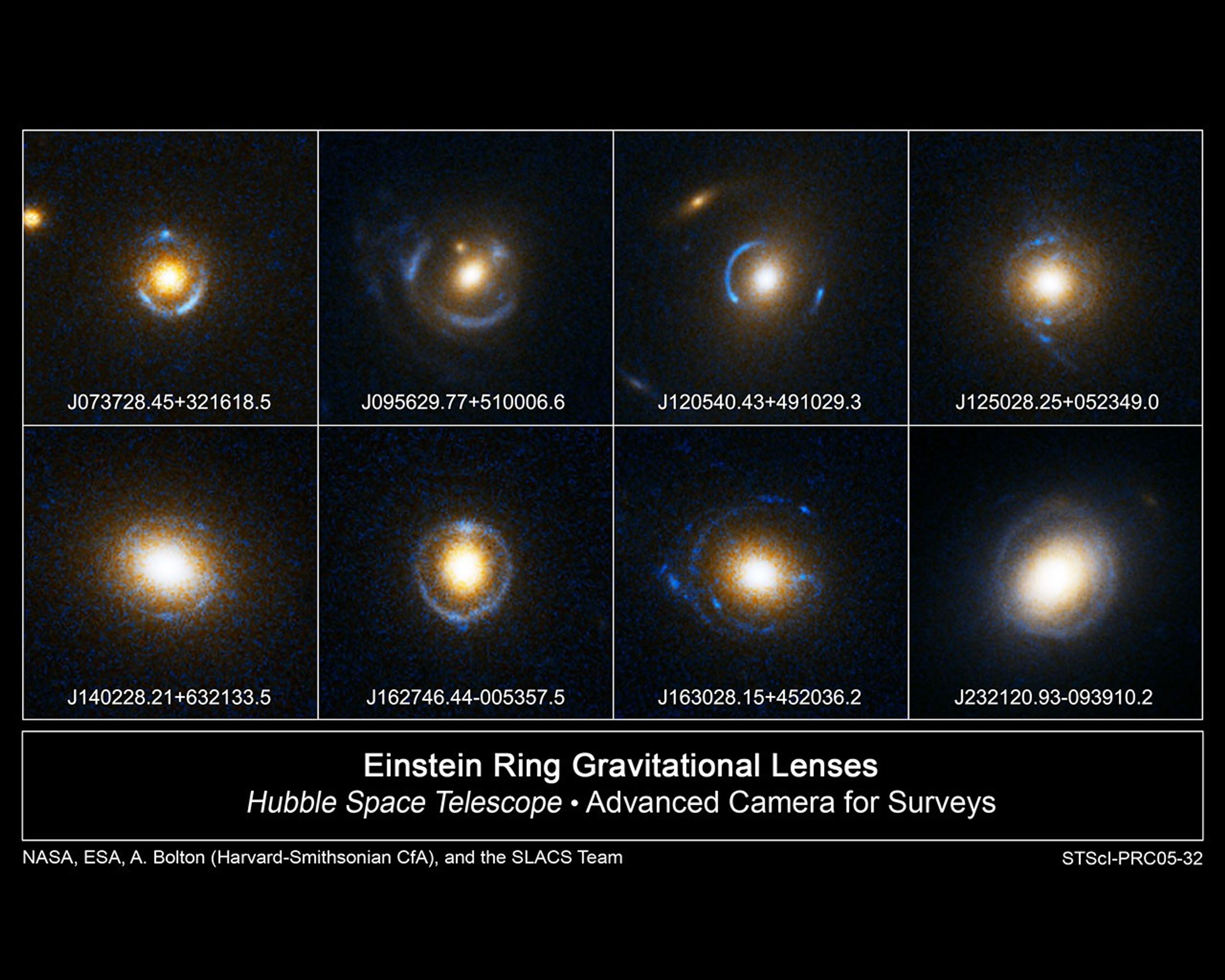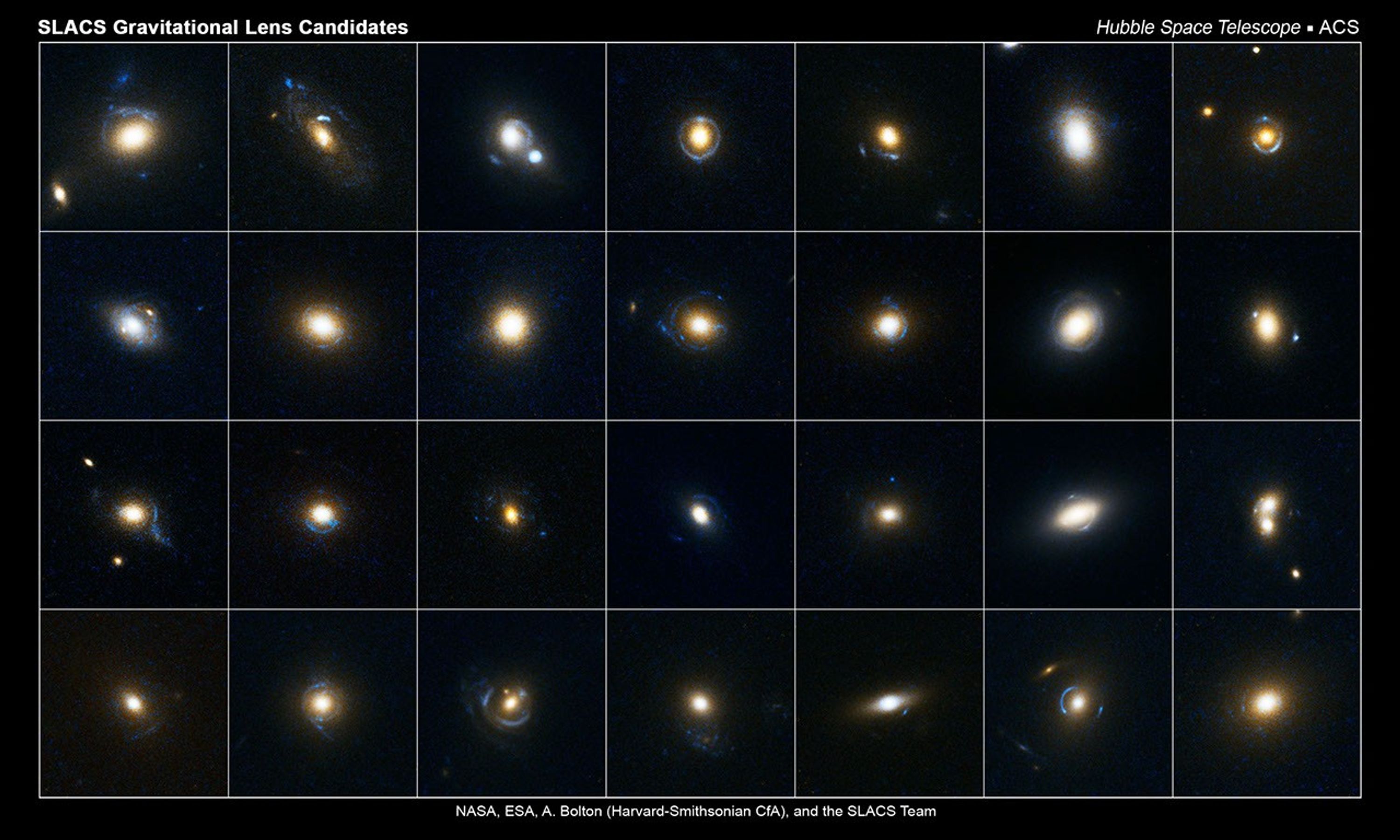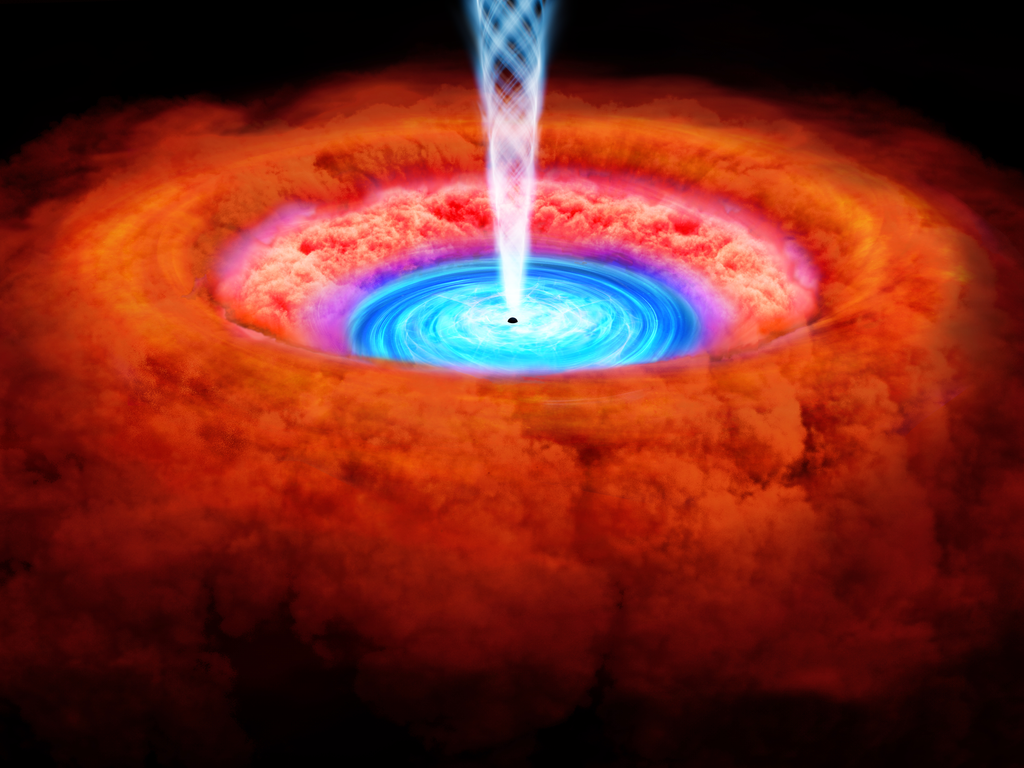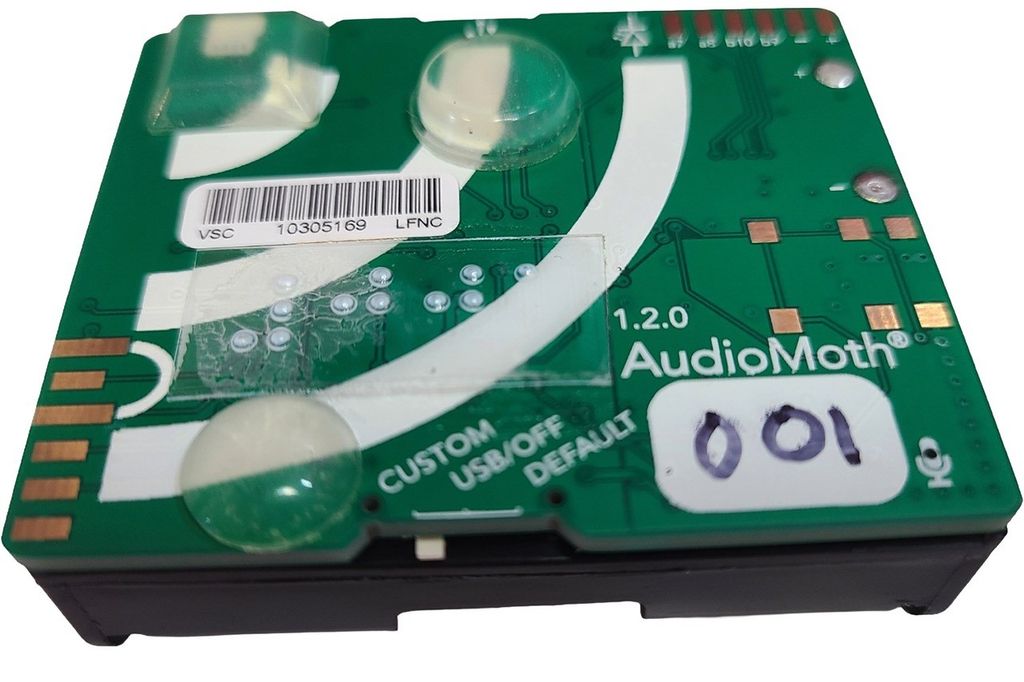1 min read
A Gallery of Einstein Rings

The thin blue bull's-eye patterns in these eight Hubble Space Telescope images appear like neon signs floating over reddish-white blobs. The blobs are giant elliptical galaxies roughly 2 to 4 billion light-years away. The bull's-eye patterns are created as the light from galaxies twice as far away is distorted into circular shapes by the gravity of the giant elliptical galaxies. This phenomenon is called gravitational lensing, first predicted by Albert Einstein almost a century ago. Gravitational lensing occurs when the gravitational field from a massive object warps space and deflects light from a distant object behind it.
The bull's-eye patterns are so-called "Einstein rings," which are the most elegant manifestation of the lensing phenomenon. Einstein rings are produced when two galaxies are almost perfectly aligned, one behind the other.
The images were taken between August 2004 and March 2005 by the Hubble telescope's Advanced Camera for Surveys. They are part of an ongoing survey, called the Sloan Lens ACS (or SLACS) Survey, of about 150 galaxies to hunt for gravitational lenses. So far, the survey has netted 19 new gravitational lenses, adding significantly to the 100 or so previously known lenses. The survey also has identified eight new Einstein rings. Only three such rings had been seen previously in visible light.
About the Object
- DimensionsDimensionsThe physical size of the object or the apparent angle it subtends on the sky.Each image is 8 arcseconds wide.
About the Data
- Data DescriptionData DescriptionProposal: A description of the observations, their scientific justification, and the links to the data available in the science archive.
Science Team: The astronomers who planned the observations and analyzed the data. "PI" refers to the Principal Investigator.The Hubble image was created from HST data from proposal 10174. Members of the SLACS team include: A. Bolton (Harvard-Smithsonian CfA), S. Burles (Massachusetts Institute of Technology), L. Koopmans (Kapteyn Astronomical Institute), T. Treu (University of California - Santa Barbara), and L. Moustakas (Jet Propulsion Lab/Caltech). - InstrumentInstrumentThe science instrument used to produce the data.HST>ACS/WFC
- Exposure DatesExposure DatesThe date(s) that the telescope made its observations and the total exposure time.Various: August 2004 - March 2005
- FiltersFiltersThe camera filters that were used in the science observations.F435W (B) and F814W (I)
- Object NameObject NameA name or catalog number that astronomers use to identify an astronomical object.[Top row - left to right] J073728.45+321618.5, J095629.77+510006.6, J120540.43+491029.3, J125028.25+052349.0 [Bottom row - left to right] J140228.21+632133.5, J162746.44-005357.5, J163028.15+452036.2, J232120.93-093910.2
- Object DescriptionObject DescriptionThe type of astronomical object.Einstein Rings Gravitational Lenses
- Release DateNovember 17, 2005
- Science ReleaseHubble, Sloan Quadruple Number of Known Optical Einstein Rings
- Credit

F435W (B) and F814W (I)

Related Images & Videos

Gravitational Lens Candidates
This collection of images shows 28 gravitational lens candidates. Astronomers studied these photos, which were taken by the Hubble Space Telescope's Advanced Camera for Surveys, and identified which of the candidates were gravitational lenses. These candidates were selected from...
Share
Details
Claire Andreoli
NASA’s Goddard Space Flight Center
Greenbelt, Maryland
claire.andreoli@nasa.gov


































